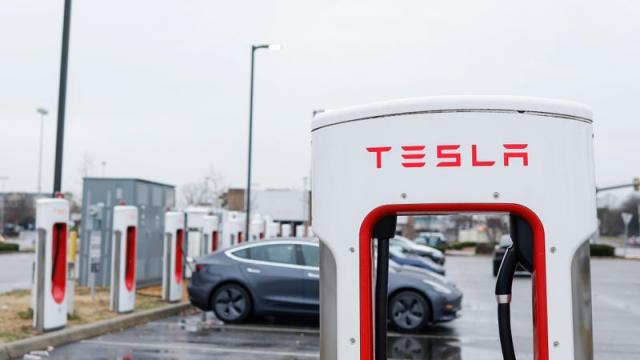
The cost of driving 100 miles in an EV is now higher than in an ICE
- Business
- January 27, 2023
One of the most persuasive reasons to buy an electric vehicle is that you won’t have to buy gasoline anymore. Owning an electric vehicle and recharging it at home is easier to conclude than driving a car with an internal combustion engine. If a driver switches between luxury vehicles with different powertrains, like from a Porsche Macan to an electric Porsche Taycan, the conclusion holds true.
However, fueling costs for mid-priced ICE-powered vehicles were found to be lower than those of comparable-priced electric vehicles in a recent report from the Anderson Economic Group (AEG). The cost of driving a combustion vehicle is about $11.29 per 100 miles. For every 100 miles driven, EV drivers who charge at home spend approximately $11.60. For those who primarily recharge at stations, the price difference is more pronounced. Customers who use a lot of charging stations pay $14.40 per 100 miles.
AEG founder Patrick Anderson stated, “The run-up in gas prices made EVs look like a bargain during much of 2021 and 2022. With electric prices going up and gas prices declining, drivers of traditional ICE vehicles saved a little bit of money in the last quarter of 2022.”
AEG used costs of home charging equipment, road taxes, and deadhead miles to determine that owning an electric vehicle was more expensive. Gas purchases for ICE-powered automobiles are taxed to pay for road construction and upkeep. EV owners do not have to pay a gas tax, but some states have added a fee to register an EV to make up for it.
The deadhead miles required to reach stations and the opportunity cost of waiting for vehicles to charge at stations account for the significant increase in the report for charging station users compared to home chargers. The disparity demonstrates the nation-wide lack of coverage for electric vehicle charging infrastructure.